
In 1975, former CIA agent Philip Agee delivered a bombshell with the publication of Inside the Company, an exposé of nefarious CIA activities in Latin America.
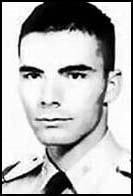
Growing up in a conservative middle-class family in Tampa Bay, Florida, Agee had joined the CIA in 1957 after graduating from Notre Dame University believing in the virtues of the Cold War.
He became disillusioned, however, when he saw that the CIA adopted illegal methods in support of U.S.-based multinational corporations and to further U.S. geopolitical domination and control.
The coup de grace for Agee was a December 1965 meeting he had with the Montevideo police chief, Colonel Ventura Rodriguez, where he heard screams from a cell behind the chief’s office.
These screams were those of Oscar Bonaudi, the leader of the communist party of Uruguay’s self-defense squad whose name Agee had supplied to Rodriguez.
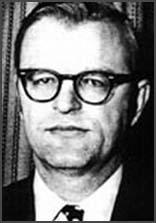
After Inside the Company was published, the CIA hired legendary operative Theodore Shackley to control the damage anticipated from Agee’s disclosures—which included the outing of CIA officers—and initiated a smear campaign against him.

CIA agent David Atlee Philips branded Agee as a “moral primitive,” while Harry Rositzke stated that in “revealing the names of CIA agents, he committed a transgression Kim Philby had not.” [Kim Philby was a British spy who defected to the USSR and exposed British agents to the Russians]
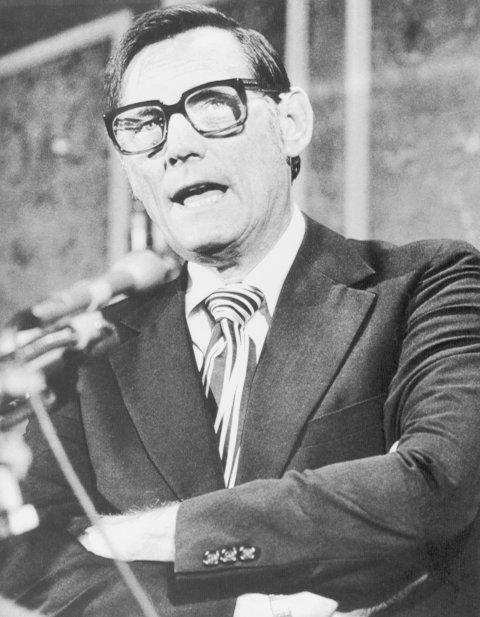
Jonathan Stevenson’s new book, A Drop of Treason: Philip Agee and his exposure of the CIA, re-invokes the charges of treason, comparing Agee with Julian Assange, the “thoroughly amoral purveyor of Wikileaks,” as Stevenson describes him.
However, Stevenson does not provide any evidence that reveals Agee worked for any foreign countries—notably the Soviets or Cubans—and confirms that no CIA officers were personally harmed because of his disclosures.

Stevenson also acknowledges that many of Agee’s criticisms of U.S. foreign policy were valid, as the U.S. “supported illiberal autocratic dictators throughout Latin America during the Cold War,” and “suppressed the indigenous left through the CIA.”
Stevenson writes that Agee made a “reasonably defensive and uniquely informed argument that American foreign policy was, against the received view of U.S. honor and nobility, in fact duplicitous and mercenary.”
Despite this assessment, Stevenson separates Agee from other CIA whistleblowers like Victor Marchetti,[1] Frank Snepp,[2] and Agee’s friend John Stockwell,[3] who “illuminated the counterproductive nature of CIA support for military operations in secret wars but didn’t dump on the entire American enterprise.”
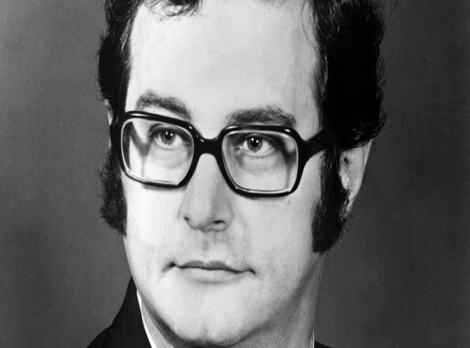
Victor Marchetti [Source: nytimes.com] 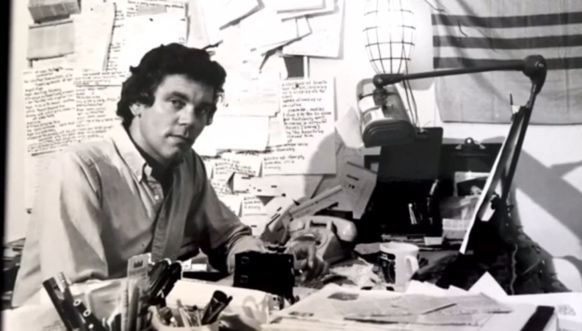
Frank Snepp [Source: america.aljazeera.com]
Stevenson also considers Dan Ellsberg, the famed leaker of the Pentagon Papers, National Security Agency (NSA) whistleblower William Binney,[4] and former CIA agent Glenn Carle, who opposed enhanced interrogation, more noble than Agee because they remained loyal to the U.S. and sought to reform the political structure rather than promoting social revolution.
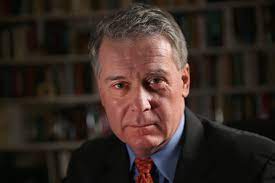
Glenn Carle [Source: bostonglobe.com] 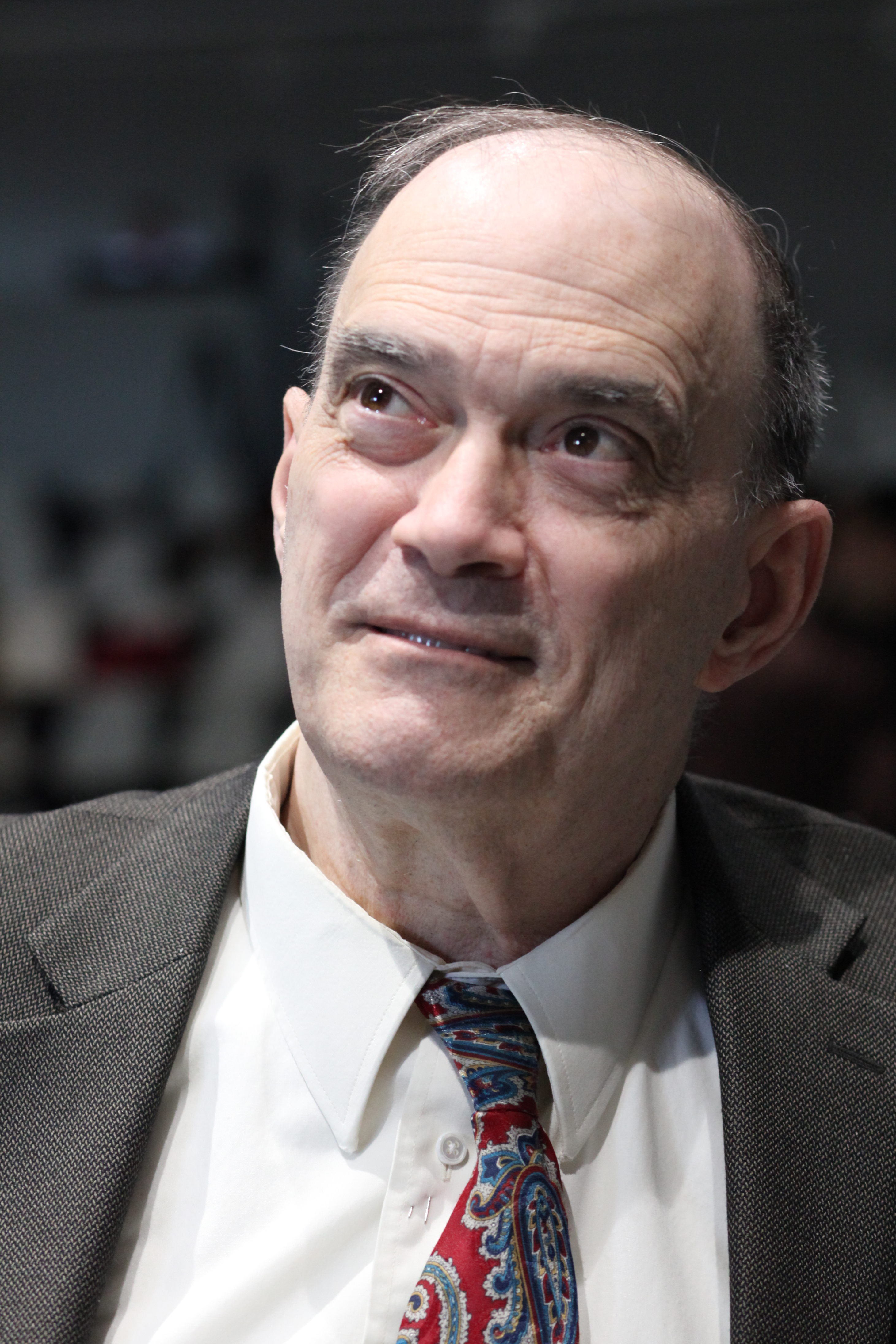
William F. Binney [Source: wikipedia.org]
Agee in Stevenson’s assessment has much in common with Edward Snowden—”a near sociopathic traitor” by his definition—and is only slightly better than “the soulless mercenary” Aldrich Ames, a CIA agent from 1983-1994 who tore down the CIA’s Soviet-bloc network of agents by passing their identities to the KGB.
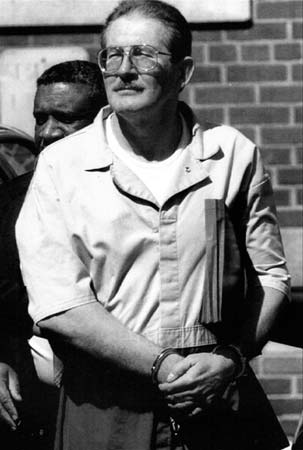
Aldrich Ames after his arrest. [Source: britannica.com] 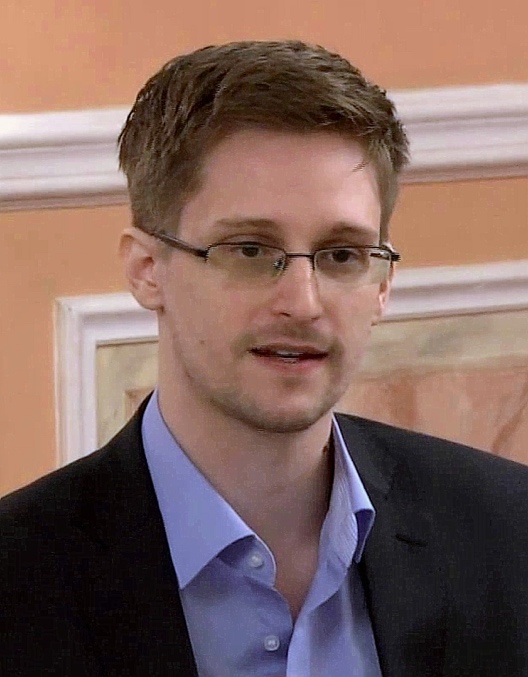
Edward Snowden [Source: wikipedia.org]
Dubious Logic
Stevenson’s logic is dubious on multiple levels.
Firstly, John Stockwell and Dan Ellsberg developed similar views to Agee and came to view the U.S. as an heir to the European colonial powers, which manufactured foreign enemies in order to sustain the military industrial complex. Ellsberg promoted civil disobedience to stop the operations of the U.S. empire, and was arrested over 75 times.
By Stevenson’s definition, thousands of people who view U.S. foreign policy as being driven by the greed of multi-national corporations are traitors to the U.S—a position very similar to that of Senator Joseph McCarthy. A traitor, however, is actually someone who works for a foreign power against their country’s people, usually for personal gain. People who warn about their country’s government having been hijacked by private interests, by contrast, usually want to see democracy restored because they care about their fellow citizens.
The fact that Agee’s critique of the U.S. as an empire bent on exploiting the resources of Third World countries went further than other whistleblowers who merely questioned the execution or immorality of specific policies (ie. surveillance, torture, abandoning an ally) is to Agee’s credit and not a sign of treason. Agee not only exposed criminal wrongdoing, but explained its root cause, thus offering people a way to prevent its perpetuation and reoccurrence.
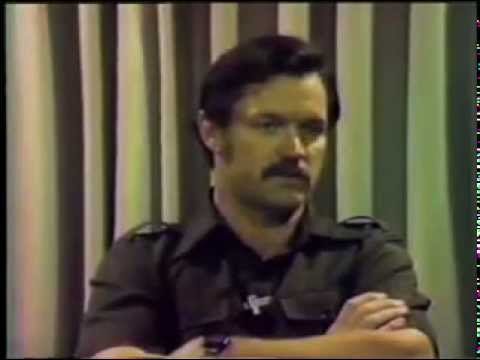
John Stockwell [Source: covertactionmagazine.com] 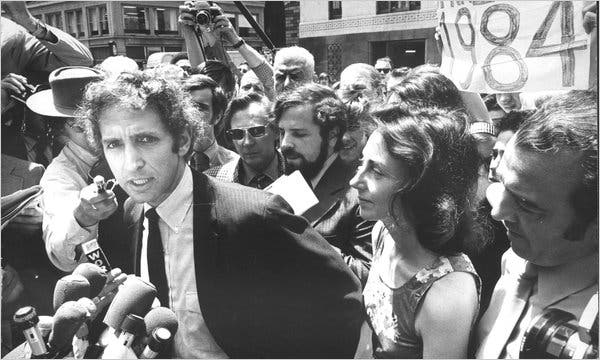
Dan Ellsberg at a press conference following the leaking of the Pentagon Papers. Dan evolved a similar worldview to Philip Agee. [Source: nytimes.com]
No Drop of Treason
Jonathan Stevenson has taught at the U.S. Naval War College and served as director for political-military affairs, Middle East and North Africa, on the National Security Council during Obama’s presidency.
His new book appears to be part of the foreign policy establishment’s war on whistleblowers—and particularly on those that challenge the fundamentals of the political-economic order.

Much of the information that Stevenson presents in A Drop of Treason contradicts the book’s title and thesis. Despite his efforts to prove that Agee worked for a foreign power, he offers no such evidence.
After Agee left the CIA, Stevenson makes a point of emphasizing that he took a research trip to Cuba and gave to a Cuban “handler” a memo about how the CIA might try and subvert the Socialist regime of Salvador Allende in Chile—which it ultimately did to disastrous effect.
Stevenson states, however, that there is no evidence that the government in Havana, if it ever obtained the document, shared it with Allende’s government.
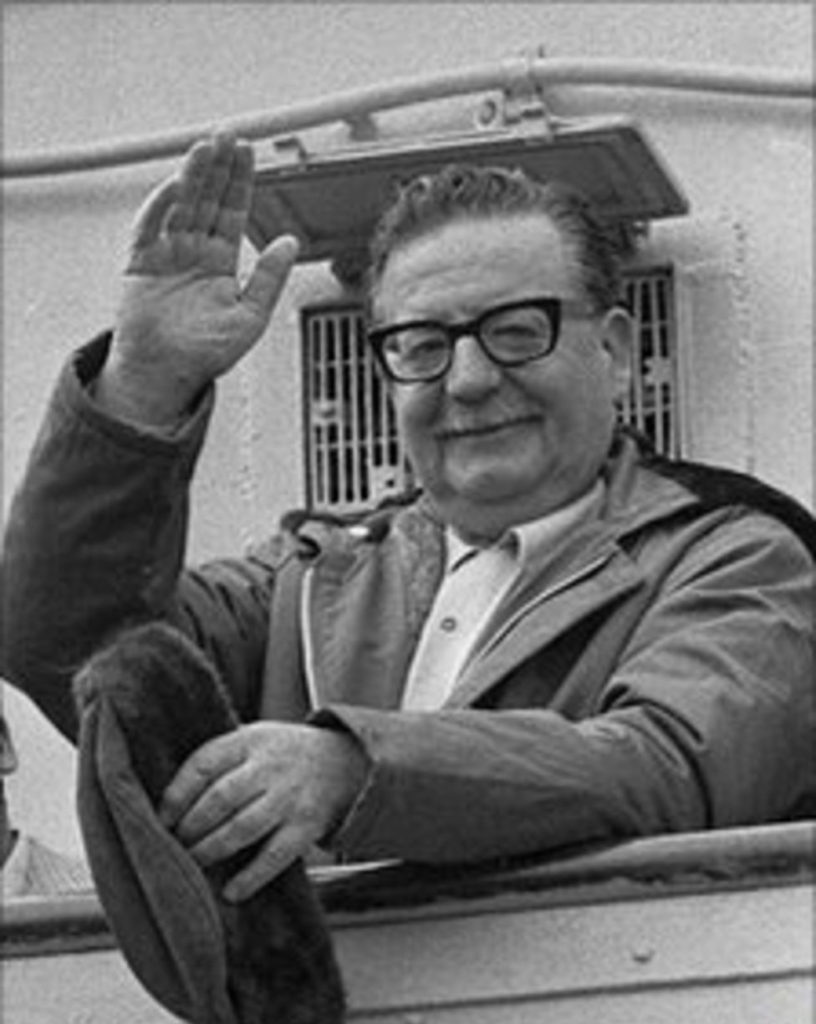
Stevenson subsequently raises the claim made by Los Angeles Times correspondent Murray Seeger that Agee blew a large network of pro-Western Polish agents, resulting in the arrest of a former Olympic gold medalist, Jerzy Pawlowski, and execution of another spy.
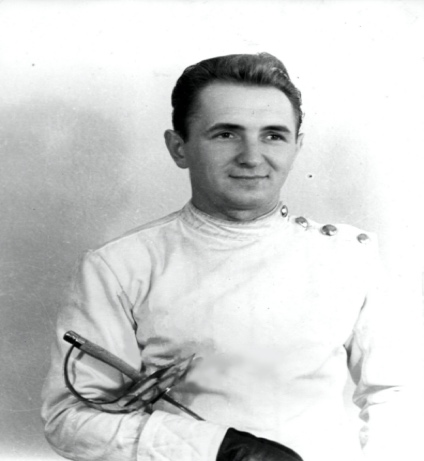
Stevenson, goes on to suggest, however, that any inference that Agee was responsible was “loose, if not fanciful.”
At the time, Agee had threatened to sue Seeger because his story—which the Los Angeles Times killed—was inadequately sourced and appeared to be CIA propaganda.
In the early 1990s, Philip Agee sued First Lady Barbara Bush for defamation because she blamed him for the December 1975 assassination of Athens CIA station chief Richard Welch—an allegation she was forced to withdraw in subsequent editions.
Stevenson correctly concludes that Welch’s identity had been leaked by sources other than Agee and quotes former CIA Director William Colby who stated that Welch “accepted bad cover by living in the same house as his predecessor, whom the assassins had stalked, and made only perfunctory efforts to hide his identity.”
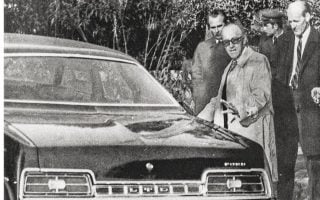
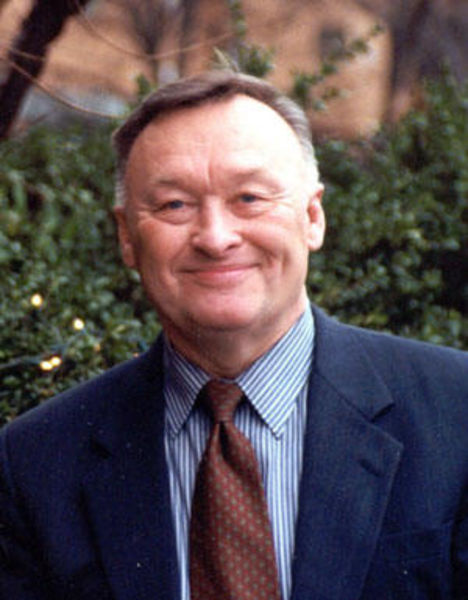
In a 1994 book, KGB defector Oleg Kalugin claimed that Agee offered the KGB information on a CIA operation in Mexico City in 1973, though Stevenson finds it “unlikely that Agee tasked the Soviets with his knowledge.”
KGB defector Vasili Mitrokhin and Christopher Andrew in their 1999 book, The Sword and the Shield: The Mitrokhin Archive and Secret History of the KGB, says that Agee was recruited as a Soviet agent with the code name PONT, but turned to providing information to Cuba when the KGB rejected his overtures as a trap.
Stevenson, however, quotes from Cologne-based researcher Michael Opperskalski, who considers Mitrokhin a “peddler of disinformation” and “serious bullshit.”
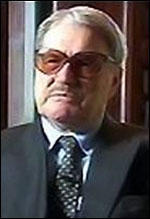
Vasili Mitrokhin [Source: Spartacus-educational.com] 
Michael Opperskalski [Source: muslim-markt.de]
Stevenson further notes that KGB files specify that Agee was not a KGB agent, and that the KGB failed to get Agee to omit from his book the names of several CIA agents it was trying to recruit—notably Mexican president Luis Echeverría Álvarez[5]—indicating a lack of influence over him.

In 1996, the New York Office of the Justice Department closed a renewed investigation into Agee’s potential treason, having been unable to “detect the subject as being involved in any intelligence activity on behalf of any foreign intelligence services.”
This demonstrates that Agee was not a traitor—or at least that there was no evidence to prosecute him as one when he was alive.
Naming Names
Unable to prove Agee’s allegiance to or work for any foreign power, Stevenson writes that “it was the exposure of CIA officers and assets that made the book [Inside the Company] so uniquely treacherous.”
However, Stevenson found that no CIA officers were ever harmed by his disclosures and makes a point of explaining Agee’s rationale—which is compelling.
After the release of Inside the Company, Agee told Playboy Magazine that while the CIA claimed that secrecy was necessary to hide what it was doing from the enemies of the U.S., the real reason was to “hide what the CIA is doing from the American people and from the people victimized by the CIA.”
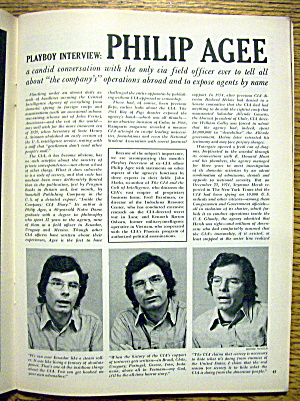
Agee suggested further that many of his detractors—which would now include Stevenson—talked about the CIA “as if it were an international charity of some sort, and about me as if I’d done something horrible to a lot of decent, well-meaning YMCA leaders.”
“[But] in fact, the CIA…. is a criminal organization at least as nefarious as the mafia and much, much more powerful. Even more than the Vietnam War, the CIA represents the destruction of our national ideals on the pretext of saving them. What you’ve got to understand is that in revealing the names of CIA operatives, I am revealing the names of people engaged in criminal activities. These people break the law everyday…I don’t know any country in which bugging or intercepting mail, or bribing public officials is legal.”
A Drop of Treason leaves no doubt that the CIA was indeed engaged in criminal activities in the countries that Agee worked.
In Ecuador, it illegally spied on and infiltrated a leftist government, planted disinformation in the media, organized a bomb unit to violently disrupt political meetings and demonstrations, supported an anticommunist priest who incited violence against people considered to be communists, and backed a right-wing coup government that imposed censorship and canceled elections.
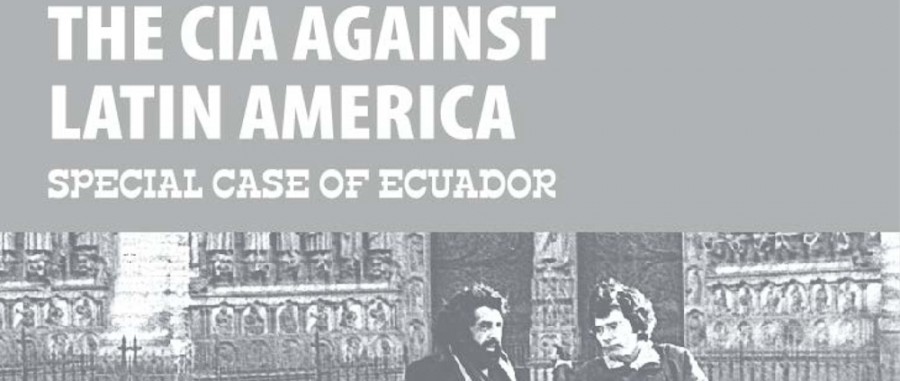
The CIA in Latin America during the 1960s further a) supported a dirty war in Uruguay against the left-wing Tupamaros, b) laid the groundwork for an invasion of the Dominican Republic by 20,000 U.S. Marines on behalf of U.S. business interests, c) tried to overthrow and assassinate Cuban revolutionary leader Fidel Castro through alliance with the mafia, d) backed a coup in Brazil that ushered in twenty years of military dictatorship, and e) helped empower Institutional Revolutionary Party (PRI) leaders in Mexico—where Agee was for a time stationed—who oversaw the killing of hundreds of students in the infamous 1968 Tlatelolco massacre.
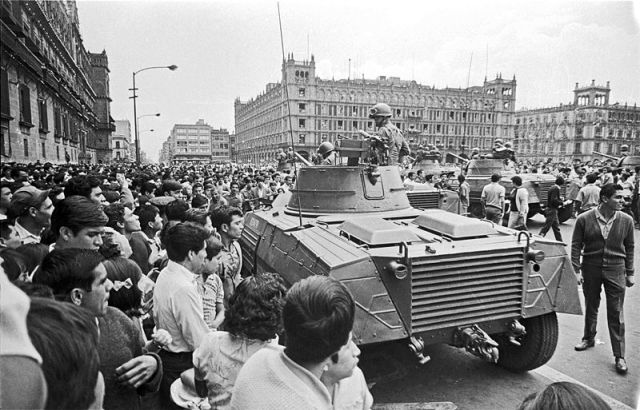
A Man of Conscience and Prophet for Our Time
Given the extent of these injustices, Agee’s exposures should not be seen as the act of a turncoat, but that of a man of conscience who wanted to inform U.S. citizens of great moral wrongs being perpetrated in their name.
Agee’s son, Philip Jr., told Stevenson that:

“For those who knew [Agee] personally—especially those in the family—he never ceased to express and practice a lifelong patriotic commitment to the American people. What some Americans fail to understand is that his ideological shift was a way to maintain his idealism about the great values of the American tradition. He preferred to insist, for example, on real prosperity and real justice as an expected result of the Alliance for Progress, rather than to be satisfied when the initiative turned more into a public relations success than anything else. He refused to take the road others take in which they settle into a cynical realism that allows the nation to become as immoral as the enemies we claim to differ with.”
At the end of the book, Stevenson quotes author Christopher Moran who believed that Agee faced recrimination and hostility not because he was a foreign agent or traitor, but because he “held a mirror up to the face of the nation, and few liked the reflection staring back.”
Agee’s place in history is ultimately that of a courageous truth-teller, prophet and sage. His heroic stand will be appreciated more and more with time—as the contradictions and excesses of the American empire play themselves out.

-
Marchetti wrote a critical book about the CIA in 1975, CIA: The Cult of Intelligence, which was vetted by the CIA. ↑
-
Snepp was chief analyst of North Vietnamese strategy for the CIA in Saigon who wrote a tell-all book, Decent Interval, which criticized the U.S. abandonment of its South Vietnamese ally. ↑
-
Stockwell served with the CIA in Vietnam and headed the CIA’s covert operations in Angola in 1975 before resigning from the Agency and writing a critical book, In Search of Enemies, published in 1984. ↑
-
Binney is a former 30-year intelligence official with the National Security Agency (NSA). He resigned in 2001 as the NSA’s National Technical Director who criticized the “Trailblazer” system of mass surveillance data collection. ↑
-
Alvarez was president from 1970-1976. He was Secretary of the Interior during the 1968 Tlatelolco massacre in which hundreds of students protesting government abuses were killed. ↑
CovertAction Magazine is made possible by subscriptions, orders and donations from readers like you.
Blow the Whistle on U.S. Imperialism
Click the whistle and donate
When you donate to CovertAction Magazine, you are supporting investigative journalism. Your contributions go directly to supporting the development, production, editing, and dissemination of the Magazine.
CovertAction Magazine does not receive corporate or government sponsorship. Yet, we hold a steadfast commitment to providing compensation for writers, editorial and technical support. Your support helps facilitate this compensation as well as increase the caliber of this work.
Please make a donation by clicking on the donate logo above and enter the amount and your credit or debit card information.
CovertAction Institute, Inc. (CAI) is a 501(c)(3) non-profit organization and your gift is tax-deductible for federal income purposes. CAI’s tax-exempt ID number is 87-2461683.
We sincerely thank you for your support.
Disclaimer: The contents of this article are the sole responsibility of the author(s). CovertAction Institute, Inc. (CAI), including its Board of Directors (BD), Editorial Board (EB), Advisory Board (AB), staff, volunteers and its projects (including CovertAction Magazine) are not responsible for any inaccurate or incorrect statement in this article. This article also does not necessarily represent the views the BD, the EB, the AB, staff, volunteers, or any members of its projects.
Differing viewpoints: CAM publishes articles with differing viewpoints in an effort to nurture vibrant debate and thoughtful critical analysis. Feel free to comment on the articles in the comment section and/or send your letters to the Editors, which we will publish in the Letters column.
Copyrighted Material: This web site may contain copyrighted material the use of which has not always been specifically authorized by the copyright owner. As a not-for-profit charitable organization incorporated in the State of New York, we are making such material available in an effort to advance the understanding of humanity’s problems and hopefully to help find solutions for those problems. We believe this constitutes a ‘fair use’ of any such copyrighted material as provided for in section 107 of the US Copyright Law. You can read more about ‘fair use’ and US Copyright Law at the Legal Information Institute of Cornell Law School.
Republishing: CovertAction Magazine (CAM) grants permission to cross-post CAM articles on not-for-profit community internet sites as long as the source is acknowledged together with a hyperlink to the original CovertAction Magazine article. Also, kindly let us know at info@CovertActionMagazine.com. For publication of CAM articles in print or other forms including commercial internet sites, contact: info@CovertActionMagazine.com.
By using this site, you agree to these terms above.
About the Author

Jeremy Kuzmarov holds a Ph.D. in American history from Brandeis University and has taught at numerous colleges across the United States. He is regularly sought out as an expert on U.S. history and politics for radio and TV programs and co-hosts a radio show on New York Public Radio and on Progressive Radio News Network called “Uncontrolled Opposition.”
He is Managing Editor of CovertAction Magazine and is the author of six books on U.S. foreign policy, including Obama’s Unending Wars (Clarity Press, 2019), The Russians Are Coming, Again, with John Marciano (Monthly Review Press, 2018), Warmonger. How Clinton’s Malign Foreign Policy Launched the U.S. Trajectory From Bush II to Biden (Clarity Press, 2023); and with Dan Kovalik, Syria: Anatomy of Regime Change (Baraka Books, 2025).
Besides these books, Kuzmarov has published hundreds of articles and contributed to numerous edited volumes, including one in the prestigious Oxford History of Counterinsurgency .
He can be reached at jkuzmarov2@gmail.com and found on substack here.

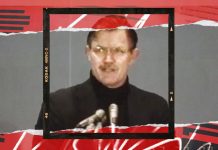
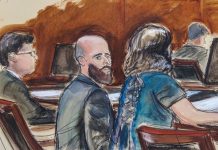
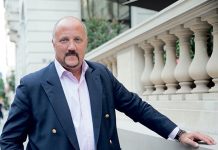
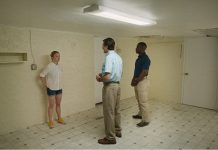
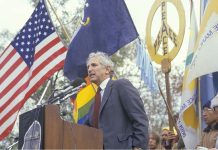

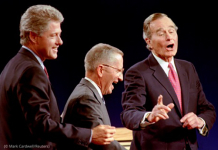
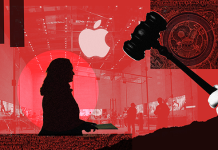
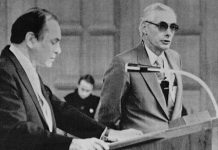

My grandfather was the Station Chief in both Montevideo and Buenos Aires. He worked for my grandfather and I know personally the overwhelming vast majority of the stuff he said was nonsense and sensationalist. He was very much an ideologue, and was brainwashed by pro-Fidel Cuban influencers when he was young. There is a reason he fled to Cuba.
[…] Jeremy Kuzmarov, publicado en Cover Action Magazine, […]
“A Drop of Treason leaves no doubt that the CIA was indeed engaged in criminal activities in the countries that Agee worked.” Let’s not forget that the CIA carried on criminal activities in the USA too – such as the LINGUAL program run by counterintelligence head James Jesus Angleton that opened and examined the mail of American citizens for decades, up to and beyond the Nixon years. Nowadays knowing that all our e-mails are being recorded and processed is no big deal, but back then a lot of Americans would have been upset to learn that the Post Office wasn’t sacred as they had been taught.
[…] New Book That Tries to Brand CIA Whistleblower Philip Agee As a Traitor Winds Up Proving Exactly the… […]
This reminds me of what someone said about articles in major U.S. newspapers: The headline says one thing and the text says the opposite. And most people only read the headlines.
On May 26, 2021 at 7 P.M. there will be a live interview with Jonathan Stevenson at the New York Public Library.
as per link below:
https://www.nypl.org/events/programs/2021/05/25/jonathanstevenson-jeanstrouse